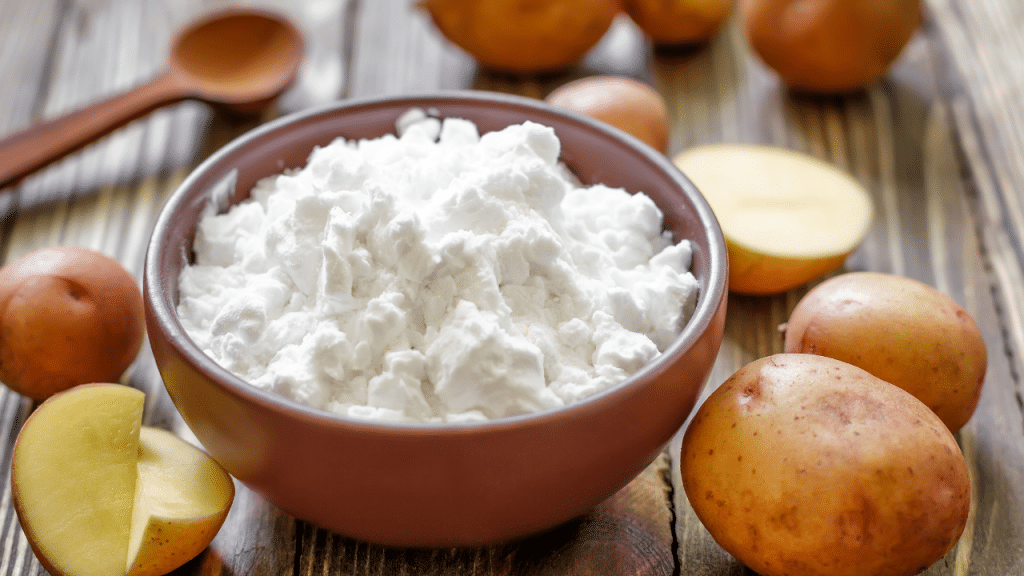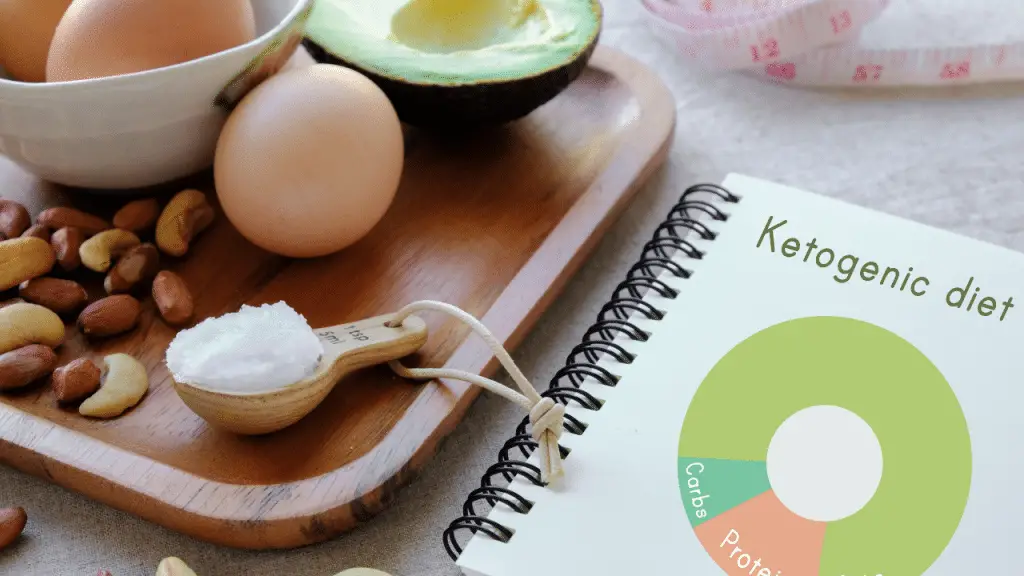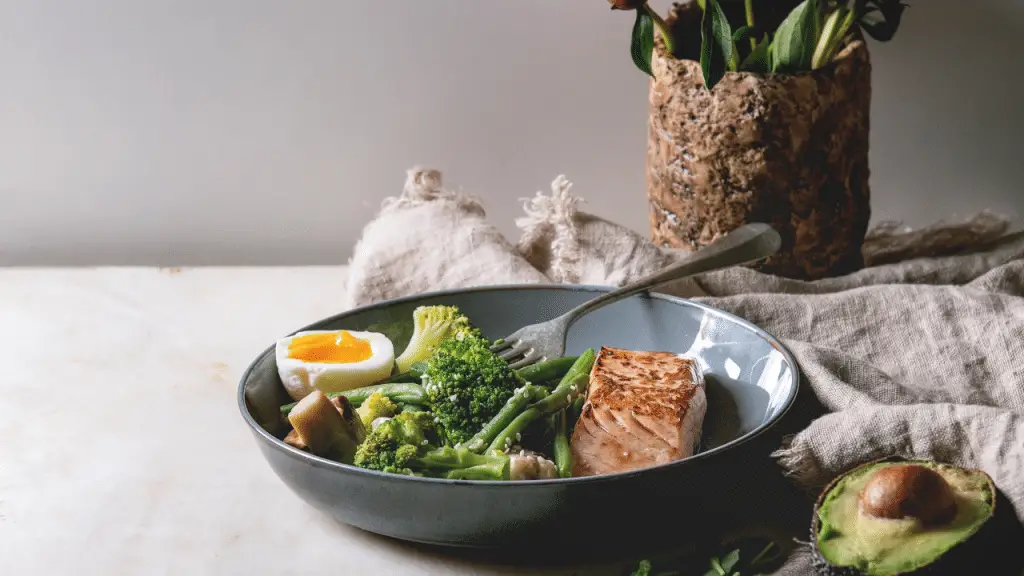Since the keto diet severely restricts the number of carbs you consume, you may find it hard to eat enough resistant starch. Resistant starch feeds your good gut bacteria and has many health benefits. In this post, we will talk about exactly what those health benefits are and I am going to talk about some sources of resistant starch you might be able to consume without impacting your blood ketones and glucose.
Ronda Witwer was an invaluable help in gathering this information. She clarified several mistakes I made in the first version of this post. She stated: “I have been working with resistant starches for 19 years and have read the >260 published human clinical trials and most of the 500 published animal studies demonstrating a wide range of health benefits. Natural resistant starch is one of the most researched, most proven dietary ingredients available.”
Check the website ResistantStarchResearch.com for more information.
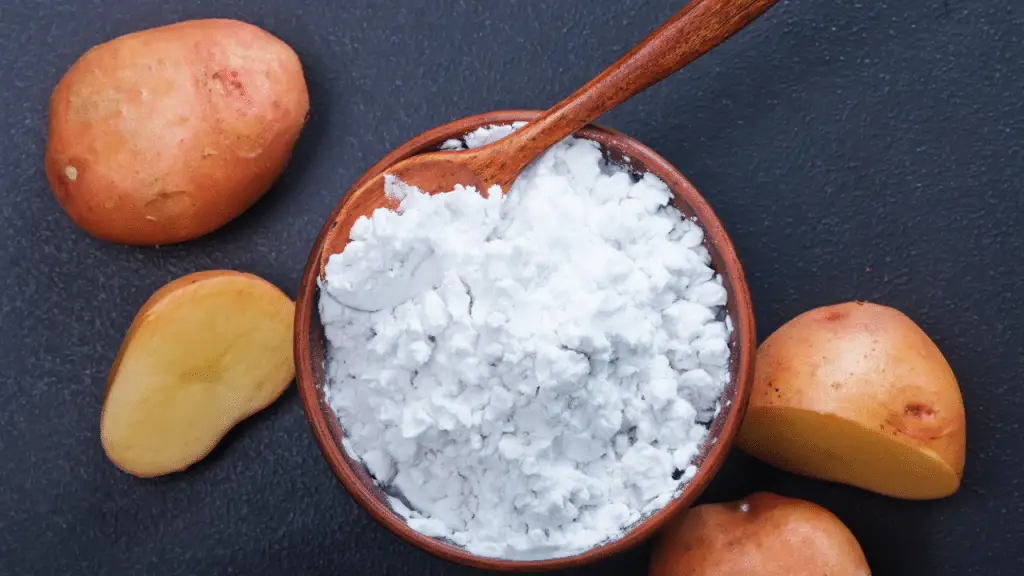
What Is Resistant Starch?
Resistant starch is starch that your body cannot digest. It doesn’t get broken through the process of digestion, which means it moves through your intestines undigested and arrives in your colon (the longest part of your large intestine) intact. There, it serves as food for your good gut bacteria. Your good gut bacteria ferment it and produce butyrate (butyric acid).
Starch Definition
Since resistant starch is the sum of starch that your body cannot digest, I just want to quickly go over the definition of starch. Starch is made by plants and stored for energy in their roots and seeds. Starches are polysaccharides made by a chain of glucose molecules (amylose and amylopectin). A polysaccharide is a large molecule made of many smaller monosaccharides (like glucose).

Usually, enzymes break down carbs in your small intestines and turn them into glucose. The process starts in your mouth and intensifies in your intestines. Amylase is the digestive enzyme in your saliva that initiates the break down of starches. When it breaks down and turns into glucose, it triggers the release of insulin to transport the energy to your cells.
Starches are made up of amylose and amylopectin, which are chains of simple sugars linked together with so-called alpha bonds that the enzymes in the human body can easily break down. Once broken down into glucose, it can be quickly absorbed into the bloodstream and thus results in high insulin response.
However, since resistant starches resist digestion, they do not cause the same insulin response. They also ferment in your gut and produce something called butyric acid.
Butyric Acid
Butyric acid is a fatty acid that offers numerous health benefits. Not only it is the product of resistant starch fermentation, but it is also found in animal fat and vegetable oil. It provides energy for your colon cells. Remember the gut-brain connection?
Research is still preliminary and debatable, but the benefits of butyric acid my include:
- Irritable bowel syndrome and Crohn’s disease treatment
- Colon cancer prevention
- Improved insulin sensitivity
- Reduced fasting blood sugar (a marker of overall health)
- Intestinal bacterial overgrowth treatment
- Healing leaky gut
- Increased magnesium absorption (most likely by improving gut health)

Resistant Starch vs. Fiber
Resistant starches are classified as insoluble fibers. Fiber, after all, is plant food that the body cannot digest. There are three types of fiber:
- Bulking fibers: Hold a lot of water, provide roughage and promote regularity.
- Viscous fibers: Reduce the absorption of cholesterol and sugar by thickening the contents of the intestinal tracts.
- Fermentable fibers: Ferment in your gut and serve as food for your gut bacteria.
Resistant starches are fermetable fibers.
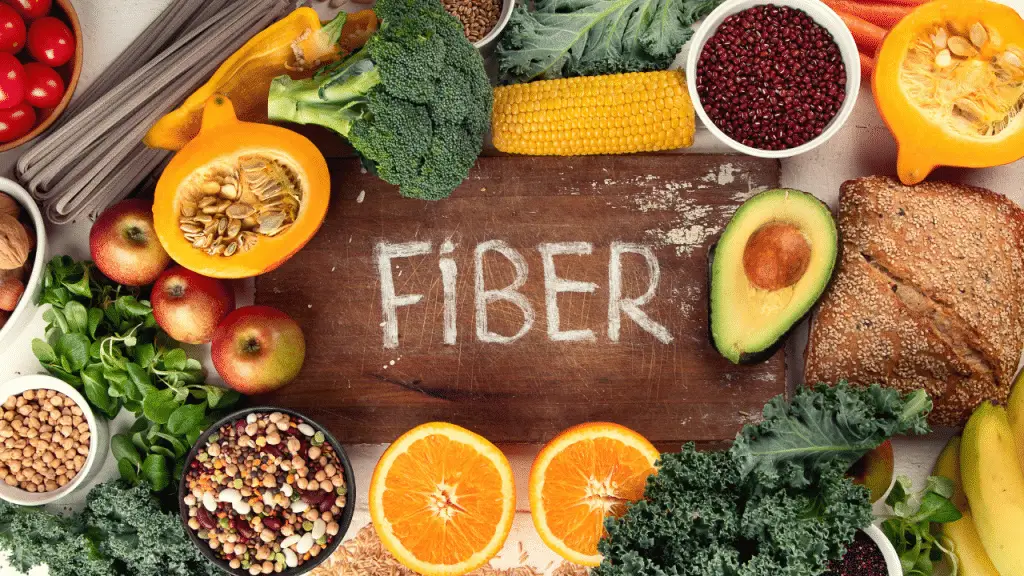
How to Consume Resistant Starch on the Keto Diet
Focusing on only one type of resistant starch could cause some imbalances in your body. You need a variety. Resistant starch sources are classified into four groups:
- Grains, seeds, and legumes (RS1)
- Raw and unripe bananas or plantains (RS2)
- Cooked and cooled potatoes and white rice (cooking and cooling them also reduce the carb load) (RS3)
- Manmade sources that are chemically modified (RS4)
You may wonder how you can possibly eat resistant starch on the keto since these food sources or not keto. Manman sources (RS4) have been reported to have the greatest glucose-lowering effect.

Resistant Starch on the Keto Diet
I found that people who decide to introduce resistant starch on the keto diet do it by introducing potato starch in small quantities. They usually start with one tablespoon a day. They test their ketones and glucose to monitor how the potato starch impacts their bodies. However, there are other options and we will through all of them. Even though all your resistant starches contain a lot of carbs, they won’t be converted into glucose, they wil pass through your intestines undigested. Therefore, you don’t need to worry about raising your blood sugar. If you experiment with resistant starch on the keto diet, you should use a ketone/glucose monitor to check how your body is responding. If you don’t have one, I recommend you check out the Keto Mojo. My affiliate link will give you a 15% discount.

1. Potato Starch (RS3)
You will find that most keto dieters who introduce resistant starch as a supplement use potato starch. Potato starch is extracted from potatoes by crushing the potatoes. The starch is released and dried in the process. Mix one tablespoon of potato starch in a small glass of water. One tablespoon of potato starch contains:
- 40 calories
- 10 grams of carbohydrates (8 grams of resistant starch)
- 0 grams of fiber
- 0 grams of protein
- 0 grams of fat
Not all brands are alike. To get the most resistant starch, the potatoes need to be cooked at a low temperature. MS Prebiotic is a reputable brand of resistant starch made from gently dried potatoes. Bob’s Red Mill may be an adequate option too, read the comments to learn all about the process of making the potato starch.
It’s important to emphasize that if you cook your potato starch, you lose the resistant starch benefits.
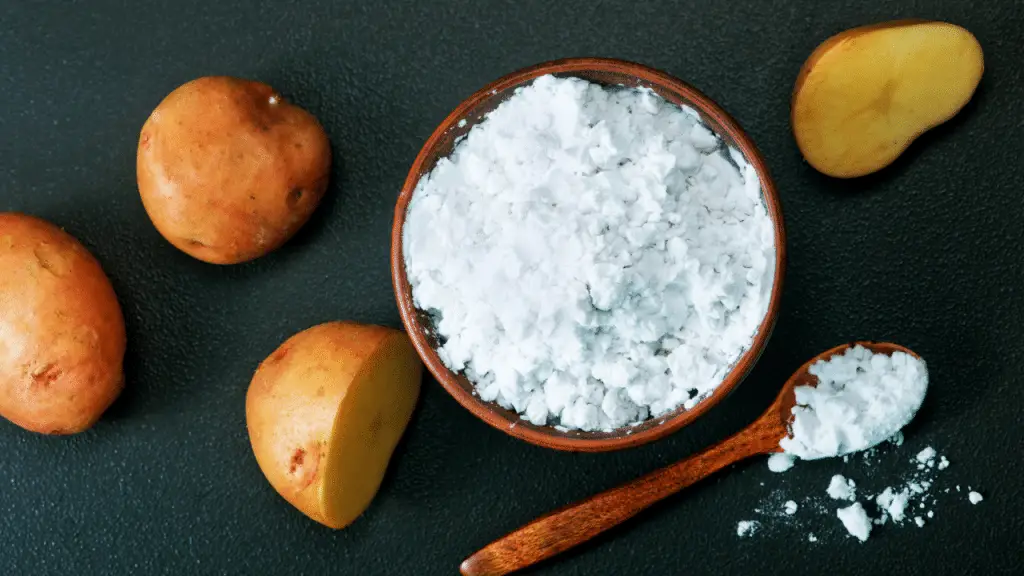
2. A Green Banana or Plantain (RS2)
Before your stop reading and complain that I suggest bananas on the keto diet, take a breath.
The average banana contains about 23 grams of carbs. However, a green banana has about 7-8 grams of resistant starch, which won’t cause the same insulin response as I mentioned already. I am not telling you to eat green bananas, but I am suggesting that the benefits of eating them may outweigh the benefits of a deeper ketosis. It’s your body, you decide what to do. You could always try them and see how they impact your blood ketones and glucsoe.
Eating a green banana may taste pretty gross, but there is a way to make it more palatable. I found this recipe idea on Mark’s Daily Apple. In the blender mix:
- 1 cup of milk (goat, coconut, or your milk of choice)
- One large green banana or plantain, peeled and sliced
- 1/4 tsp of vanilla extract
- 1/4 tsp of cinnamon
Another option would be to slice and dehydrate your green plantains or bananas (make sure you dehydrate them at a temperature lower than 115F). It would make them a lot tastier!
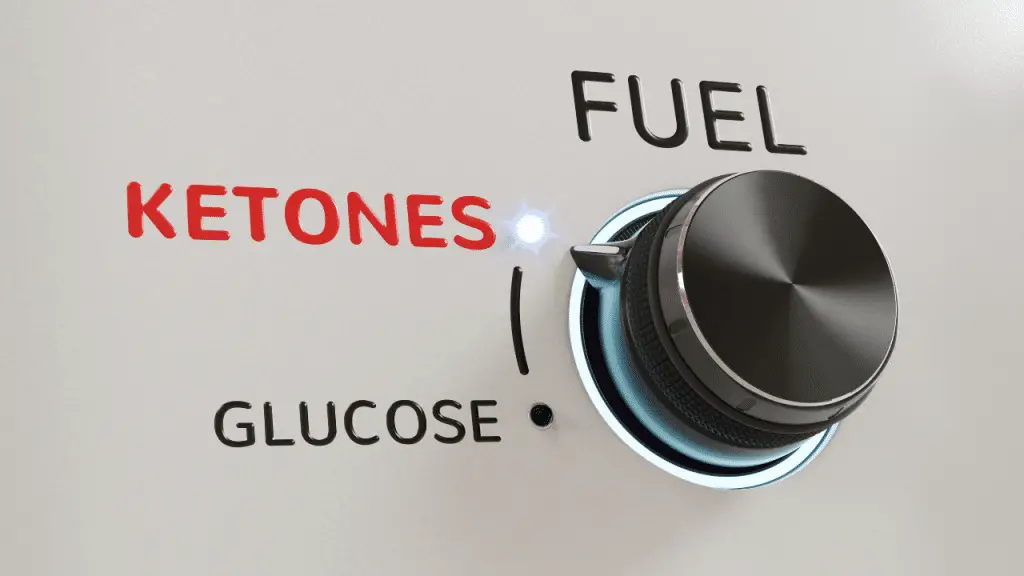
3. Green Banana Flour (RS2)
Again, you need to make sure your banana flour is made from green bananas dehydrated at a low temperature. Add your green banana flour to water, smoothies, yogurt, or any cold beverages. When you look for green banana flour, Google “raw green banana flour.”
Green banana flour provides between 5.5 to 16.6 grams of resistant starch by 100 grams of flour. Considering that the average green banana weighs about 118 grams and contains about 8 grams of resistant starch, banana flour is a pretty comparable source.
Ronda Witwer recommends the NuBana Brand to ensure that the bananas have been dehydrated at low temperature and preserve the most resistant starch.
4. Manmade Starches
I mentioned that manmade sources of resistant starches may have the highest glucose-lowering benefits. Manmade sources are physically or chemically modified to change their structure. They contain a higher amount of amylose (one of the two components of resistant starch).
Resistant starches in the RS4 category (that have been manmade) can retain their resistant starch even when heated. Hi-maize-resistant starch, modified potato starch, and modified tapioca starch are examples of manmade starches. Some brands include PenFibe Modified potato starch and ActiStar Modified tapioca starch.
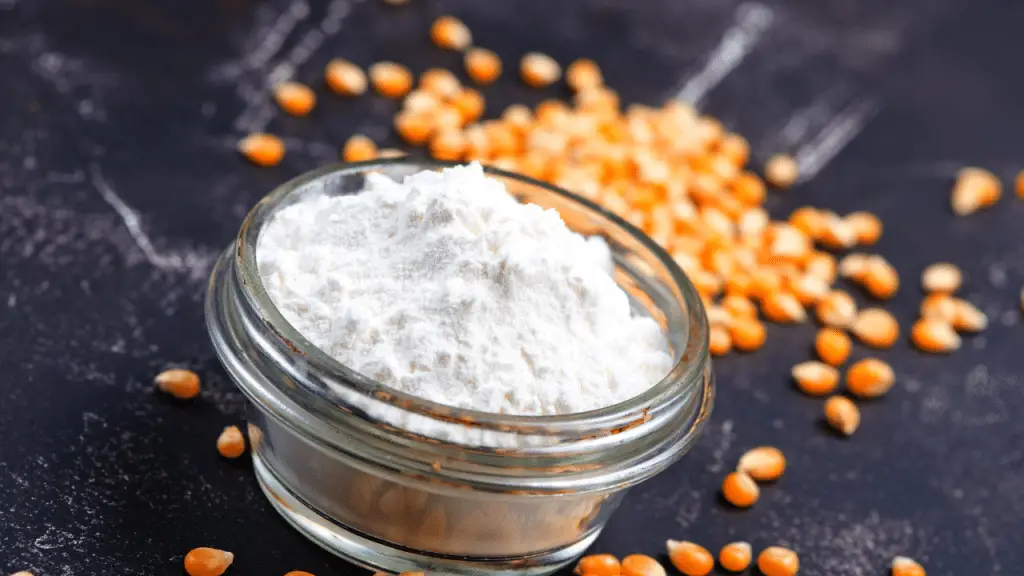
Should You Supplement With Resistant Starch When You Are Keto?
Now, knowing all this, what should you do? Should you add resistant starch to your keto regimen? Well, like everything else on the nutrition spectrum, the answer is not black and white. You may benefit from supplementing with resistant starch when keto if:
- You have been subjected to many rounds of antibiotics in your life.
- Are not feeling as good as you think you should.
- Are just curious in general and love to experiment with your diet.
Apart from the resistant starch health benefits that I have already mentioned, some people notice that their body composition improves, they feel calmer, and sleep better. However, some people notice bloating, headaches, cramping, diarrhea, or constipation.
Furthermore, keep in mind is that resistant starch may work in synergy with other forms of fermentable fiber. Food diversity is key. That’s why this post includes food sources that would kick you most likely out of ketosis if you ate enough to get a notable amount of resistant starch. You can weigh the benefits of ketosis versus the benefits of varied resistant starch food sources and decide what you want to do.
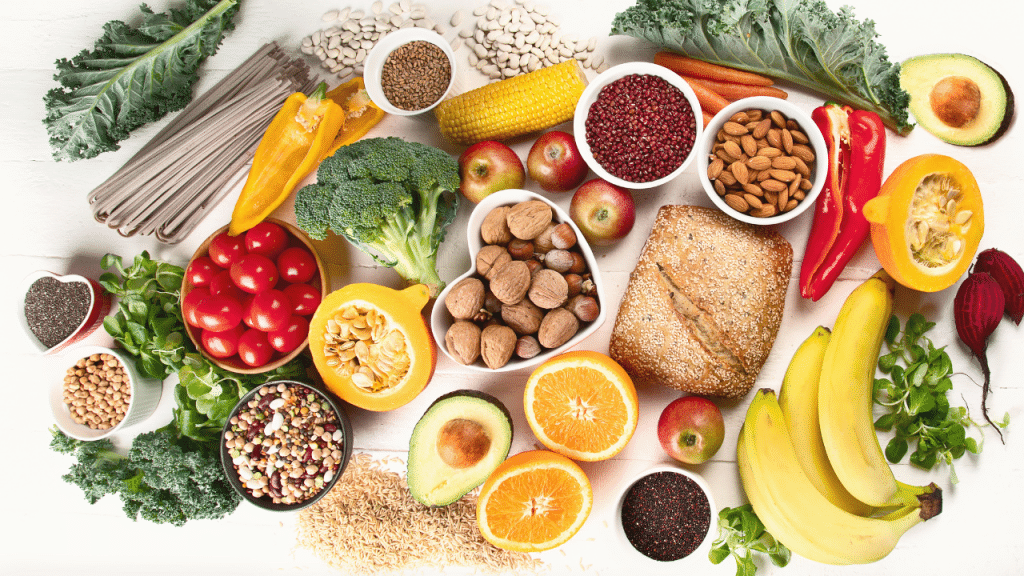
Resistant Starch Alternatives
As I mentioned at the beginning of this post, the product of resistant fermentation that is so beneficial is called butyrate. Butyrate helps heal your gut. Did you know what some foods contain butyrate? The best two examples you may already be enjoying on the keto diet are grass-fed ghee and pistachios. Before you experiment with potato starch and the like, why don’t you enjoy a keto coffee or tea daily with grass-fed ghee? Add in a handful of pistachios a few times a week and see how you feel.
How Much Resistant Starch Should You Consume?
Apparently, much of the research about resistant starch and the benefits of butyrate are done using between 15 and 30 grams of resistant starch a day. This is apparently four times greater than the average American diet provides.
To give you an idea, one cooked and cooled potato would provide about 3 to 6 grams of resistant starch (and would kick you out of ketosis). One large green banana has bout 8 grams of resistant starch. A large green plantain has about the same amount.
Increase your resistant starch consumption gradually as it is normal to experience gas at first. Fermentation produces gases and it should subside.
Remember that when it comes to supplementation, more isn’t usually better. Butyrate can be a double-edged sword. Some studies suggest that it can induce insulin resistance in some cases.
Resistant Starch Keto Video
In Summary
Since the keto diet drastically limits the number of carbs you are consuming, it doesn’t naturally allow for much resistant starch. However, you may be surprised to discover that you can consume some foods that are higher in carbohydrates without experiencing a decrease in ketone levels and the accompanying increase in glucose. Considering all the resistant starch health benefits, it may be worthwhile to experiment with resistant starch food sources to find out how they affect you.


